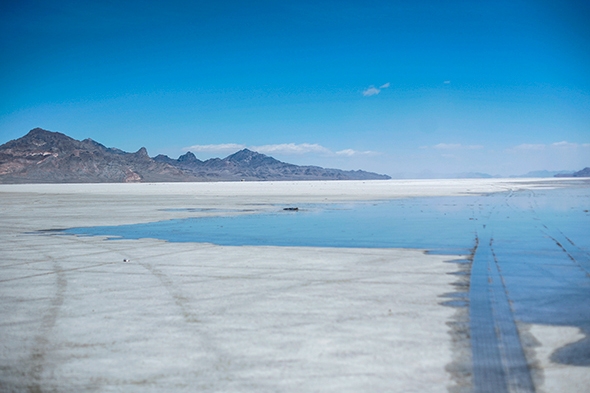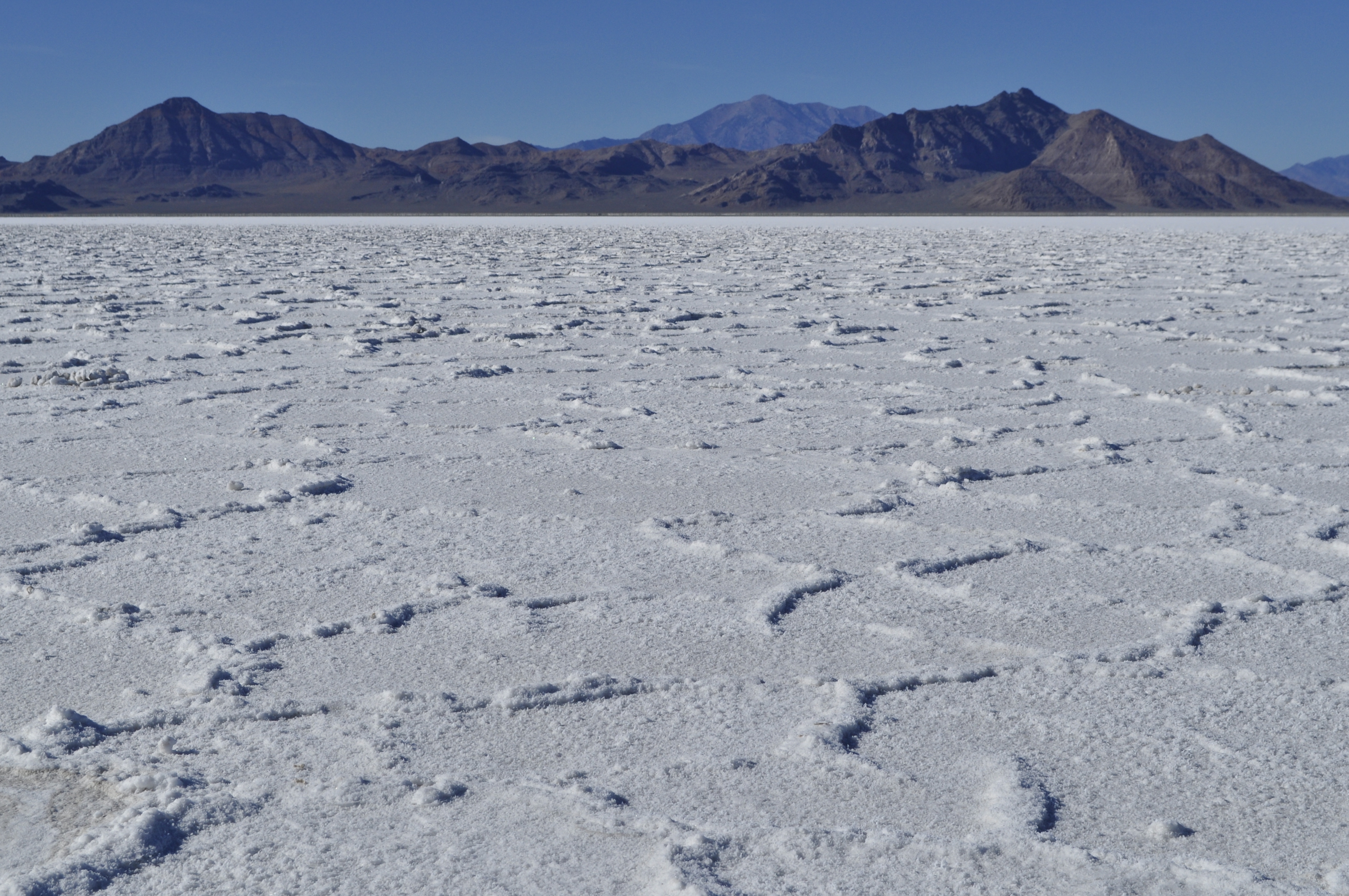


The Mediterranean Salt Flat and the North American Desert are the only ecoregions which, alongside their organisms, have never appeared in any The Future Is Wild spinoffs.The Future Is Wild: A Natural History of the Future.Animals such as scrofas are attracted to the highlands by the promise of food, and predators in turn inhabit the area, such as birds of prey and the gryke-dwelling gryken. Clumps of grass grow on the flat clints, and gnarled trees emerge from the depths of the grykes, their roots stretching down tens of metres to find water tables. In the highlands of the rocky karst plateaus, soil particles blown from the continental interior settle in the grykes and allow plants, such as grasses and hazel trees, to take root. Most life in the Mediterranean, including animals, exists on the karst plateaus and dry island mountains, where conditions are less harsh. One of the few animals to exist out on the salt is a lizard, the cryptile, which is able to effectively camouflage its white body against the salt. Little life exists on the surface of the salt flat itself, though the salt-loving bacteria does thrive there, staining the surface red in places. All that lives in these lakes are algae and bacteria which can feed on the salty chemical soup, and the shores support thick clouds of brineflies which feed on the algae and bacteria. Though there are a few hypersaline lakes on the flat, the water is far too salty to support fish or complex life, and would be fatal if ingested. One of the only animals which can survive on the salt is the cryptile. The Future Is Wild: A Natural History of the Future


 0 kommentar(er)
0 kommentar(er)
